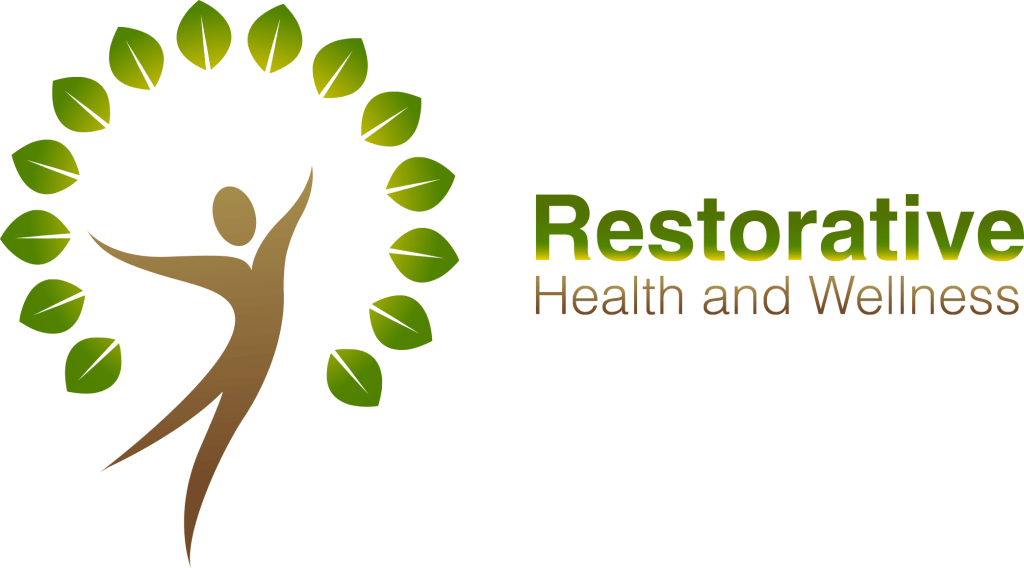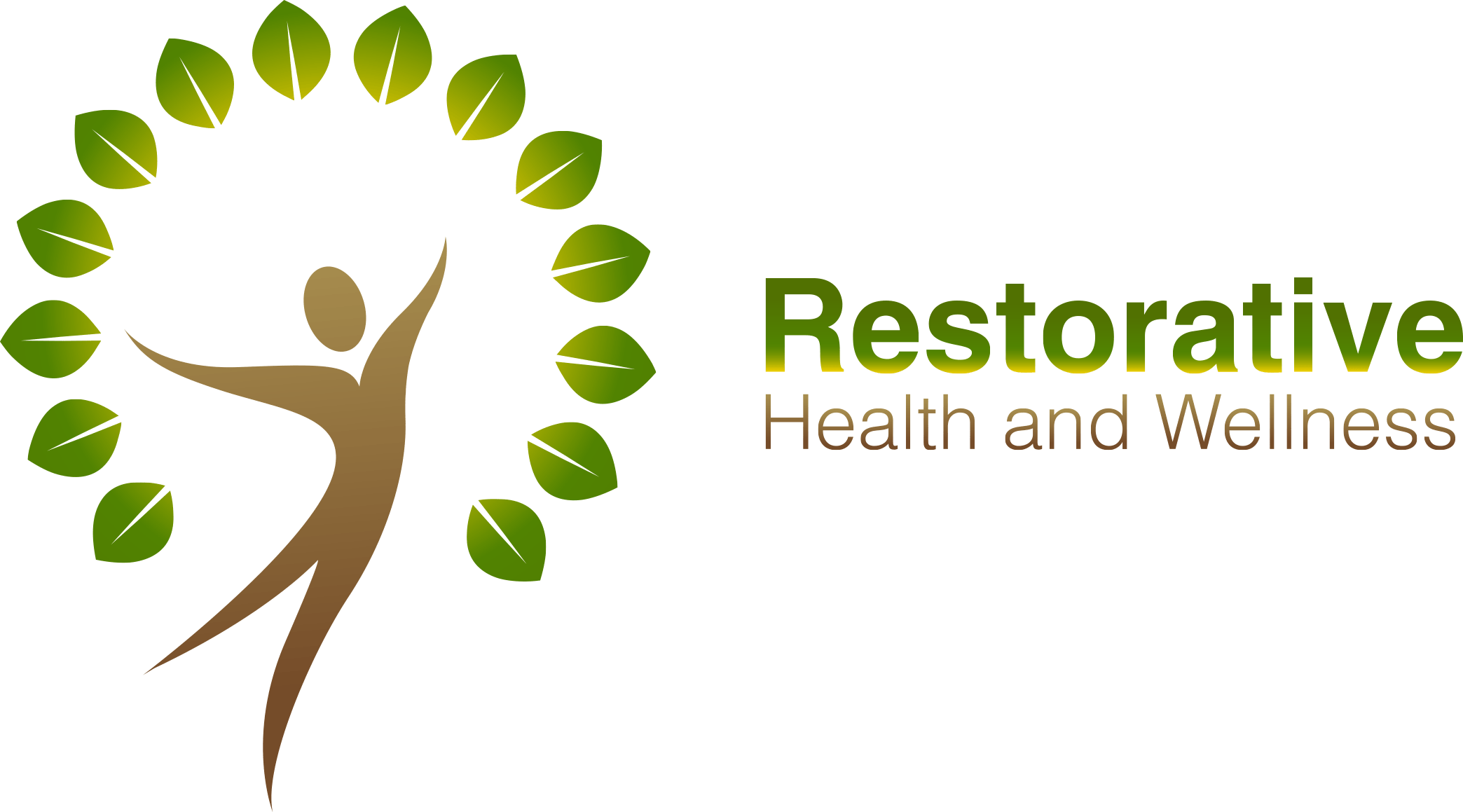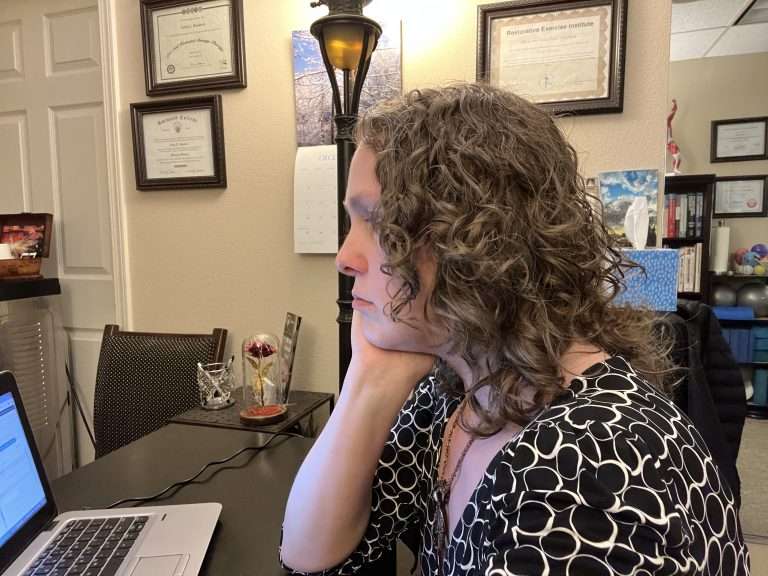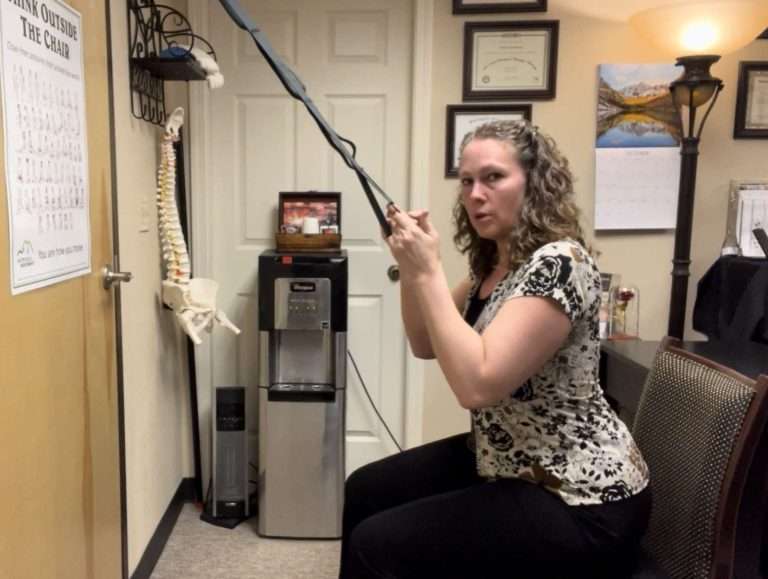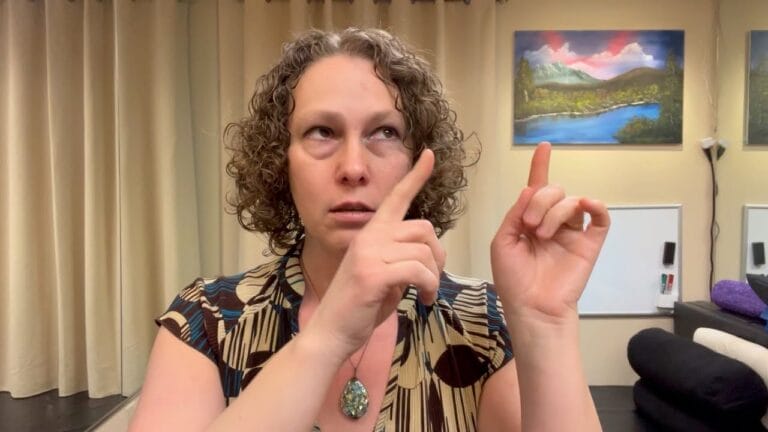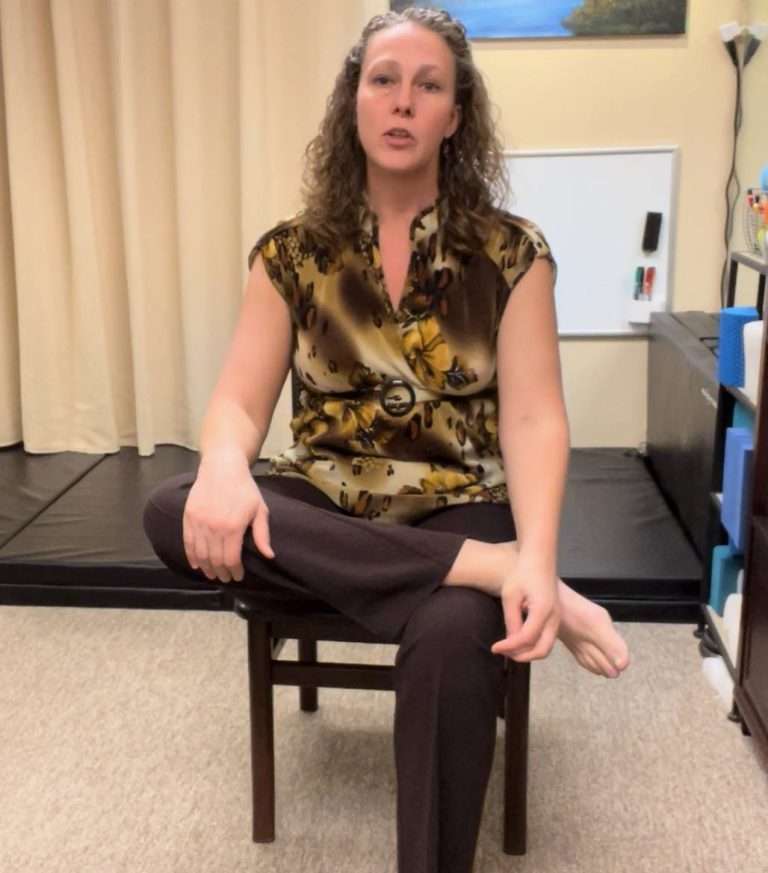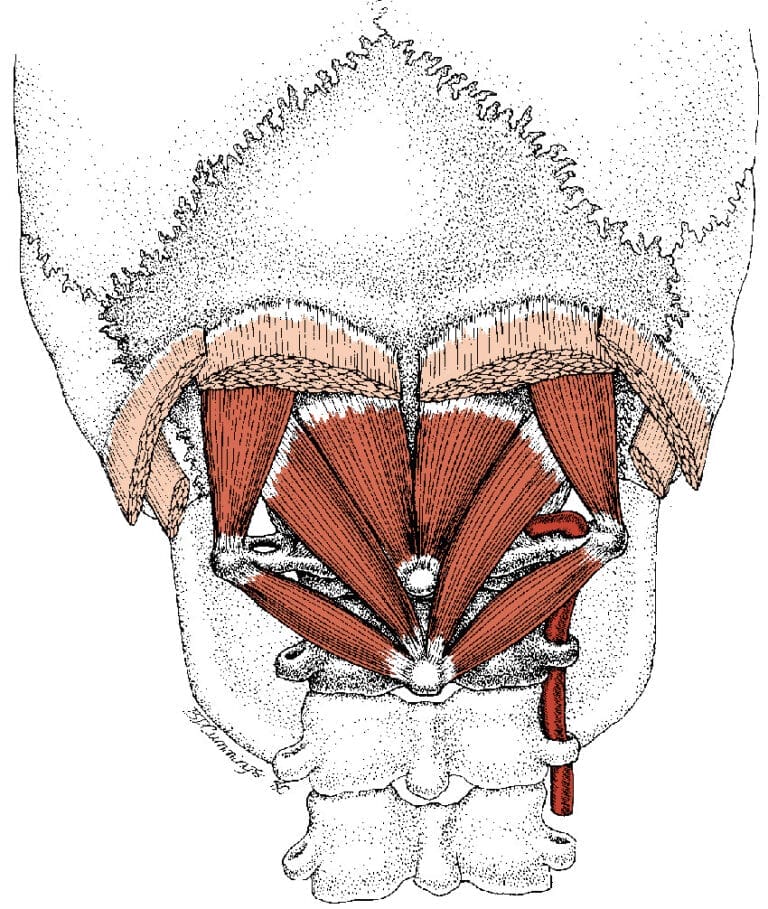Embracing Relaxation: The Art of Passive Hip Extension
Have you ever found yourself feeling tight and restricted in your hips after a long day? I can relate! It was during one particularly long workweek that I stumbled upon the concept of passive hip extension. That evening, as I laid on my mat with a book in hand, I discovered a simple yet profound technique that not only eased my discomfort but transformed my approach to self-care. Today, I want to share this journey with you.
What is Passive Hip Extension?
Passive hip extension is a technique that helps the hips to relax and lengthen without requiring any active effort. But what does this really mean? Essentially, it involves using proper positioning and props to enhance relaxation around the hip area. This practice is particularly beneficial for those who experience tightness or discomfort in their hips.
Definition and Purpose
The primary purpose of passive hip extension is to allow the muscles surrounding the hips to ease into a state of relaxation. This technique can be especially helpful for individuals looking to improve flexibility and reduce tension. By gently encouraging the hips to open up, we can foster a greater sense of ease in our bodies.
How It Relates to Restorative Exercise
Passive hip extension is often utilized within the realm of restorative exercise. This form of therapy focuses on relieving muscle tension and pain through targeted techniques. By incorporating passive hip extension, personal trainers can help clients relax the iliacus, a key hip extensor muscle. When this muscle relaxes, it can lead to improved mobility and overall comfort.
The Role of Muscle Relaxation in Self-Care
Muscle relaxation plays a crucial role in self-care. When we take the time to engage in practices like passive hip extension, we are actively prioritizing our well-being. I often recommend finding a comfortable spot on the floor and using props, like a half dome, to support your body. As you settle in, consider engaging in relaxing activities, such as reading or journaling. This not only enhances the experience but also encourages a deeper state of relaxation.
Overall, passive hip extension is a valuable practice that encourages relaxation and flexibility. By understanding its purpose and how it fits into restorative exercise, we can better appreciate its role in our self-care routines.
Materials Needed for Passive Hip Extension
When practicing passive hip extension, it’s crucial to have the right materials. This not only enhances comfort but also improves the effectiveness of the exercise. Here’s what you’ll need:
Essential Props
Half Dome: This is a key prop. It supports your hips and helps in achieving the right position.
Comfortable Mat: A quality mat provides a soft surface, making relaxation easier.
Choosing the Right Surface for Comfort
Have you ever tried to relax on a hard floor? It’s not easy! That’s why selecting the right surface is essential. A soft mat allows your body to sink in, promoting relaxation. It’s important that your pubic bone makes contact with the ground while being supported by the half dome. This setup aids in easing tension effectively.
Alternatives if You Don’t Have Specialized Equipment
Don’t worry if you don’t own a half dome. You can use pillows or other soft props instead. These alternatives can still provide the support you need. Just ensure they are positioned correctly to maintain comfort and effectiveness.
Remember, ensuring a comfortable position is vital for effective relaxation. So, take the time to set up your space properly. This is where the magic happens! By practicing passive hip extension with the right materials, you’ll find your hips gradually relaxing and improving in flexibility.
How to Perform Passive Hip Extension
Passive hip extension is a fantastic way to relax your hips and improve flexibility. Let’s dive into how to get started with this technique.
Step-by-Step Guide to Getting Started
Begin by choosing a comfortable space. A quality mat can make a big difference.
Grab a half dome. Make sure the flat side is facing up.
Position the dome in front of your hip bones ASIS, but avoid placing it directly on your pubic bone.
Lay face down, allowing your pubic bone to make contact with the ground.
Prop your upper body up on your forearms.
Finding the Right Positioning
It’s crucial to find the right positioning. If you’re not comfortable, you won’t benefit from the practice. Remember, “Finding a comfortable position can transform your relaxation experience.”
Adjust the dome as needed. Your legs should be able to relax over time. This is where the magic happens!
Tips for Maximizing Comfort During the Practice
Consider reading or journaling while in this position. It can enhance your relaxation.
Stay in this pose for five to ten minutes. This allows your body to soften.
Focus on your breath. Inhale deeply and exhale slowly.
By following these steps, you can foster a gradual softening of the hip area. Over time, you’ll notice your legs and hips moving closer to the floor. Enjoy the process and let your body relax!
Advantages of Passive Hip Extension
Have you ever felt tightness in your hips after sitting all day? You’re not alone. Many of us struggle with discomfort from long hours at a desk. That’s where passive hip extension comes into play. This technique offers several benefits that can enhance your overall well-being.
1. Improved Hip Flexibility and Mobility
By practicing passive hip extension, we can significantly improve our hip flexibility and mobility. This method allows the hip muscles to relax, promoting better range of motion. Imagine your hips as a door that creaks when it opens. With this technique, you’re oiling the hinges!
2. Enhanced Overall Relaxation and Stress Relief
Engaging in this practice can lead to enhanced relaxation. As we take time to focus on our hips, we also give our minds a break. It’s like hitting the reset button on our bodies. Try combining this with activities like reading or journaling for even more relaxation.
3. Combating Tightness Common in Desk Jobs
For those of us in desk jobs, tightness is a common foe. Regular practice of passive hip extension can alleviate symptoms related to long periods of sitting. It’s a great way to combat that stiffness that sneaks up on us during work hours.
Notes on Practice
This technique promotes awareness of the hips and their relationship to the rest of the body.
Finding a comfortable position is crucial. Use a quality mat for support.
Maintain the pose for five to ten minutes to foster relaxation.
Incorporating passive hip extension into our routine can yield significant benefits for both our bodies and minds. It’s a simple yet effective way to enhance our quality of life, especially for those who are frequently inactive or sit for long periods. So, why not give it a try? Your hips will thank you!
Incorporating Passive Hip Extension into Your Routine
Integrating passive hip extension into your daily routine can cultivate a deeper sense of well-being and relaxation. But when is the best time to practice? Let’s break it down.
1. Ideal Times to Practice: Morning vs. Evening
Morning sessions can energize your day. They help wake up your body and prepare your hips for movement. On the other hand, evening practice is perfect for winding down. It allows you to release the tension built up throughout the day. Which do you prefer?
2. Combining Techniques with Existing Wellness Routines
Consider pairing passive hip extension with other self-care activities. You could do this while reading a good book or journaling. This not only makes the practice enjoyable but also enhances its effects. Imagine relaxing while also nurturing your mind!
3. How Long to Practice for Optimal Results
Even dedicating just five minutes can make a difference. Aim for five to ten minutes to really feel the benefits. Over time, you might notice your legs and hips moving closer to the floor, which is a sign of progress.
Remember, creating a dedicated time for self-care is essential. It’s not just about the exercise; it’s about making space for relaxation in your life. Integrating this technique into your wind-down routine can enhance overall relaxation, making it a win-win situation.
Personal Reflections on Relaxation Techniques
My journey with passive hip extension has been transformative. When I first tried this technique, I didn’t expect the profound impact it would have on my body and mind. This method is not just about stretching; it’s about embracing a state of relaxation. As I settled into the position, I felt the tension in my hips start to melt away. It was as if I was releasing burdens I didn’t even know I was carrying.
Creating a Calming Environment
To truly reap the benefits of passive hip extension, creating a calming environment is essential. I found that dim lighting, soft music, and a comfortable mat made a significant difference. When I set the scene, I could focus entirely on my relaxation. What’s your go-to method for creating a peaceful space? Perhaps it’s a lighted candle or a cozy blanket. Whatever it is, make it yours!
The Importance of Regular Practice
Another key aspect is regular practice. Like any beneficial habit, consistency is vital. I started with just a few minutes each day. Over time, I noticed my hips becoming more flexible. Patience is crucial. Sometimes, we want immediate results, but relaxation is a journey. As I remind myself often:
“Relaxation is a journey, not a destination.”
Reflecting on my progress keeps me motivated. I remember my initial struggles and how far I’ve come. Each session builds on the last, reinforcing my commitment to self-care. It’s rewarding to witness my growth, both physically and mentally. Embrace your own journey; you might be surprised by the unexpected rewards that come with it.
Final Thoughts: Finding Your Path to Relaxation
As we wrap up our journey into self-care and relaxation, I want to emphasize the significance of establishing a self-care routine. It’s not just about pampering yourself; it’s about creating a foundation for your well-being. Think of it as building a cozy nest where you can retreat and recharge.
Now, what works for one person might not work for another. That’s why I encourage you to explore your own relaxation techniques. Whether it’s through gentle stretching, like the passive hip extension we discussed, or diving into a good book, find what resonates with you. Remember, self-care takes various forms. What brings you joy?
For those eager to learn more, there are countless resources available on restorative practices. Books, online courses, and even local workshops can help deepen your understanding. I recommend starting with “Move Your DNA” for some insightful perspectives.
Ultimately, finding joy in self-care and relaxation leads to a more balanced life, filled with well-being and peace. I invite you to share your experiences in the comments. What techniques have you found helpful? Let’s learn from each other!
TL;DR: Passive hip extension is a simple yet effective technique that promotes relaxation and flexibility, manageable at home with minimal equipment.
